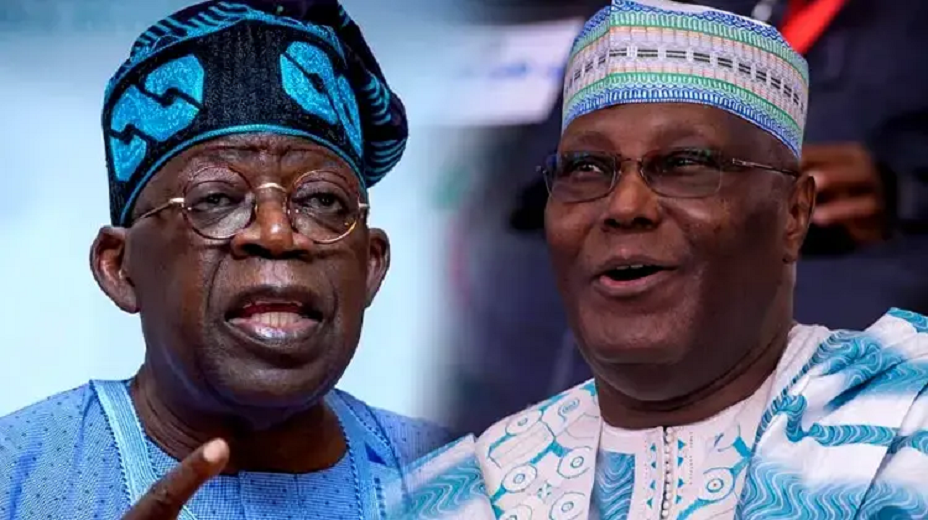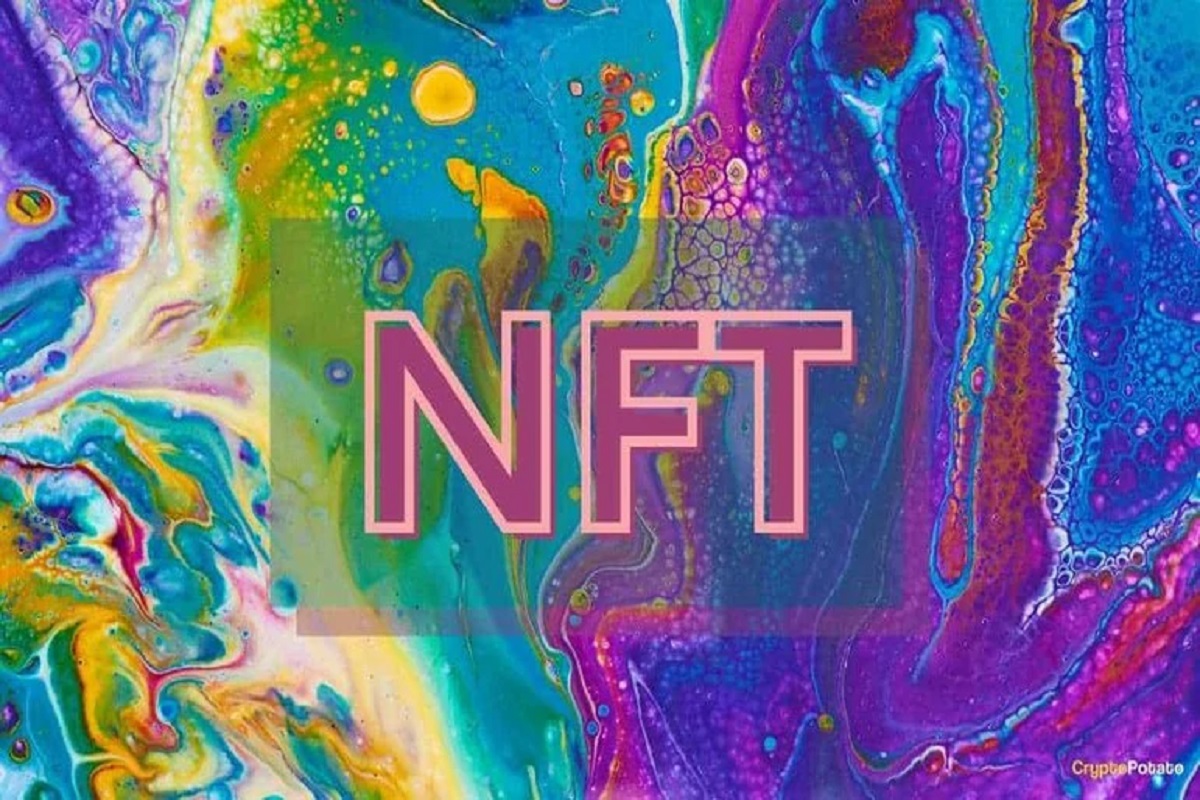NFTs are rapidly sweeping the world of digital art and collectibles. Digital artists’ lives are being transformed due to massive sales to a new crypto-audience.
Celebs, Musicians, and Gamers are jumping on board as they see a new way to communicate with their audience. However, digital art is merely one application of NFTs. The Non-fungible tokens can be used to indicate ownership of any one-of-a-kind asset, like a deed for a digital or physical item.
The term NFT “non-fungible token” refers to a token that is not fungible. Non-fungible is an economic word that can be used for objects like furniture, music files, and computers. Because of their unique features, some goods cannot be substituted for other items.
Fungible goods, on the other hand, can be swapped because of their worth, not the unique features that characterize them. BTC or USD, for example, is fungible because 1 BTC / 1 USD can be exchanged for another 1 BTC/ 1 USD.
What Is an NFT?
NFTs are digital tokens that can be used to indicate ownership of one-of-a-kind items. They enable us to tokenize items such as artwork, collectibles, and even real estate. Non-fungible tokens can only have one official owner at a time, and they’re protected by a unique code, which means no one can change the ownership record or create a new one.
Even though they’ve been there since 2014, NFTs are gaining popularity currently as a popular means to buy and sell digital artwork. Since November 2017, over $300 million has been spent on NFTs.
This is in sharp contrast to the vast majority of digital products, which are nearly always available in endless quantities. If a certain asset is in demand, cutting down the supply should theoretically increase its value. Many NFTs have been digital works that already exist in some form elsewhere, such as legendary video clips from NBA games or securitized copies of digital art that are already floating about on Twitter and Instagram, at least in these early days.
What Is The Difference Between NFT And Crypto?
Non-fungible tokens NFT is created in the same way as cryptocurrencies like Bitcoin and Ethereum are, but that’s where the similarities end. Cryptocurrencies and physical money are both “fungible,” meaning they may be traded or exchanged for one another.
They’re worth the same amount of money—one dollar is always worth another dollar and one Bitcoin is always worth another Bitcoin. The fungibility of cryptocurrency makes it a secure way to execute blockchain transactions.
NFTs aren’t like other materials. Each contains a digital signature that prevents them from being substituted for or compared to one another (hence, non-fungible).
How Does an NFT Work?
NFTs differ from ERC-20 tokens such as DAI and LINK in that each token is unique. They’re are stored on a blockchain, which is a decentralized public ledger that keeps track of transactions. Most people are familiar with blockchain like the underlying technology that allows cryptocurrencies to exist.
None-fungible tokens NFTs allow for the assignment or claim of ownership of any unique piece of digital data, which can be tracked using Ethereum’s blockchain as a public ledger. They’re most commonly held on the Ethereum blockchain, but they can also be held on other blockchains. An NFT is made up of digital objects that represent both tangible and intangible objects, such as:
• Art
• GIFs
• Videos and sports highlights
• Collectibles
• Virtual avatars and video game skins
• Designer sneakers
• Music
NFTs are essentially digital versions of tangible collector’s artifacts. As a result, rather than receiving a real oil painting to put on the wall, the customer receives a digital file.They also obtain exclusive rights to the property. It’s true: NFTs can only have one owner at a time. Because they include unique data, it’s simple to verify ownership and transfer tokens between owners.
The NFTs can also be used to hold particular information by the owner or author. Artists, for example, can sign their work by putting their signature in the metadata of an NFT. writing or pasting something here, then pressing the Enter key.
What Are NFTs Used For?
Artists and content creators have a one-of-a-kind chance to monetize their work thanks to blockchain technology and NFTs. Artists, for example, no longer have to sell their work through galleries or auction houses. Instead, the artist may sell it as an NFT straight to the consumer, allowing them to keep a larger portion of the profit.
Additionally, artists may integrate royalties into their software so that they get a share of revenues when their work is sold to a new owner. This is a desirable feature because most artists do not earn subsequent revenue after their initial sale. Making money using NFTs isn’t limited to art. Charmin, Taco Bell, Coca-Cola, Campbell’s, Microsoft, and Nike are just a few of the well-known brands. Taco Bell auctioned off themed NFT paintings, to raise money for charity.
Taco Bell’s NFT art sold out in minutes, with the highest bids coming in at 1.5 wrapped ether (WETH)—equal to $3,723.83 at the time of writing. Charmin’s offering was dubbed “NFTP” (non-fungible toilet paper), and Taco Bell’s NFT art sold out in minutes, with the highest bids coming in at 1.5 wrapped ether (WETH)—equal to $3,723.83 at the time of writing.
Paris Hilton, Snoop Dogg, Lindsay Lohan, Eminem, Ellen DeGeneres, and a slew of other celebrities have joined the NFT bandwagon, offering unique memories, artwork, and moments as securitized NFTs. Nyan Cat, a 2011-era GIF of a cat with a pop-tart body, sold for nearly $600,000 in February. And NBA Top Shot generated more than $500 million in sales as of late March. A single LeBron James highlight NFT fetched more than $200,000.
How to Buy NFTs
An NFT is a token that reflects asset ownership, it is built and managed on a blockchain (most often Ethereum (CRYPTO:ETH)). As a result, the majority of NFTs demand payment on Ethereum or another crypto blockchain where they’re created.
Step-By-Step Guide To Buying NFTs.
You’ll need to get a digital wallet that allows you to store NFTs and cryptocurrencies.
Transfer your cryptocurrency to a wallet that accepts it. Consider it a digital bank account for storing and transferring your cryptocurrency. Some exchanges, such as Coinbase, include built-in wallet capabilities when you sign up for an account, but you may also use dedicated wallets like MetaMask.
Connect your wallet to a non-fiat transaction (NFT) marketplace like OpenSea. Once linked, you can begin browsing the NFT collection on the marketplace and making a purchase.
Depending on what currencies your NFT provider takes, you’ll probably need to buy some cryptocurrency, such as Ether.
Coinbase, Kraken, eToro, and even PayPal and Robinhood now allow you to buy cryptocurrency with a credit card.
After that, you’ll be able to transfer it from the exchange to your preferred wallet.
When researching your alternatives, keep fees in mind. When you acquire crypto, most exchanges charge at least a portion of your transaction.
Where To Buy NFTs
Once you’ve got your wallet set up and funded, there is a slew of NFT marketplaces to choose from. The largest is currently OpenSea, which uses Ethereum as its primary currency but also accepts more than 150 other payment tokens. Binance NFT, Raible, and Foundation are three other NFT marketplaces with a diverse selection of art and collectibles.
Some marketplaces specialize in a narrower range of assets. The Musician Marketplace, for example, concentrates on music compositions, while NBA Top Shot is the National Basketball Association’s officially approved marketplace for purchasing digital video highlights.
There’s a marketplace for everything you want, whether it’s art, collectibles, video game assets, or website domain names. Although these and other platforms are home to hundreds of NFT artists and collectors, do your homework before purchasing. Some artists have been defrauded by impersonators who have listed and sold their work without their knowledge.
Furthermore, the verification methods for creators and NFT listings vary by platform, with some being more strict than others. For NFT listings, OpenSea and Raible, for example, do not require owner verification. Buyer safeguards appear to be limited at best, therefore it’s wise to remember the adage “caveat emptor” (let the buyer beware) when buying for NFTs.
























































